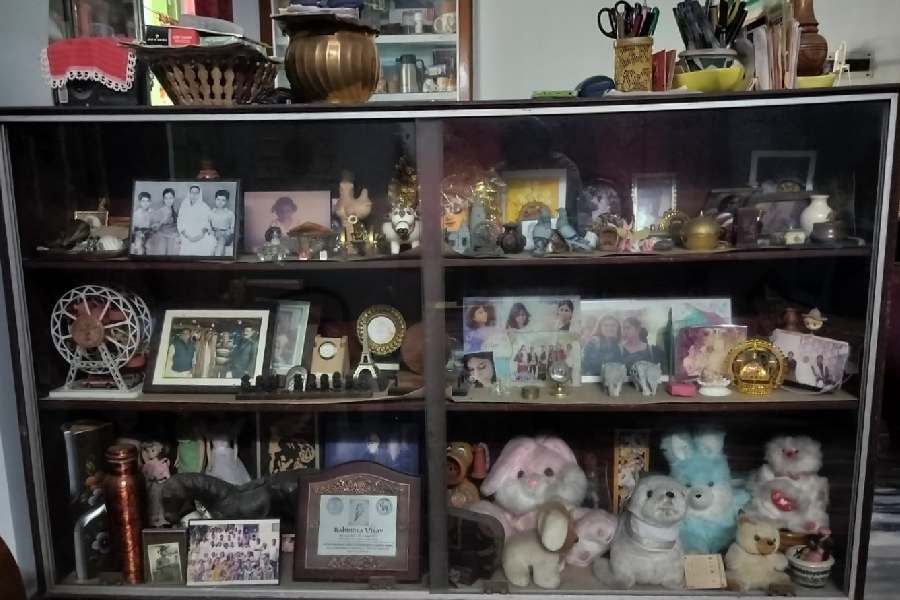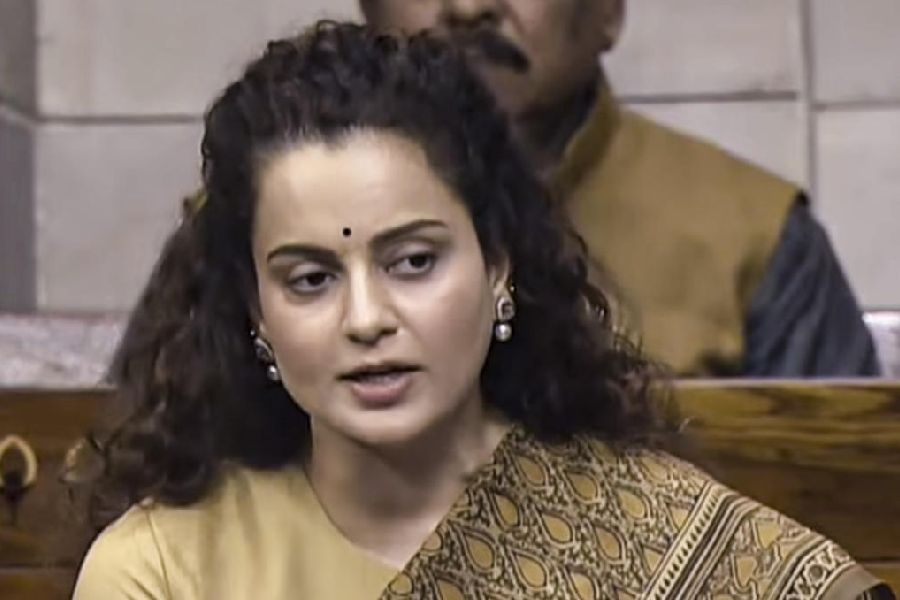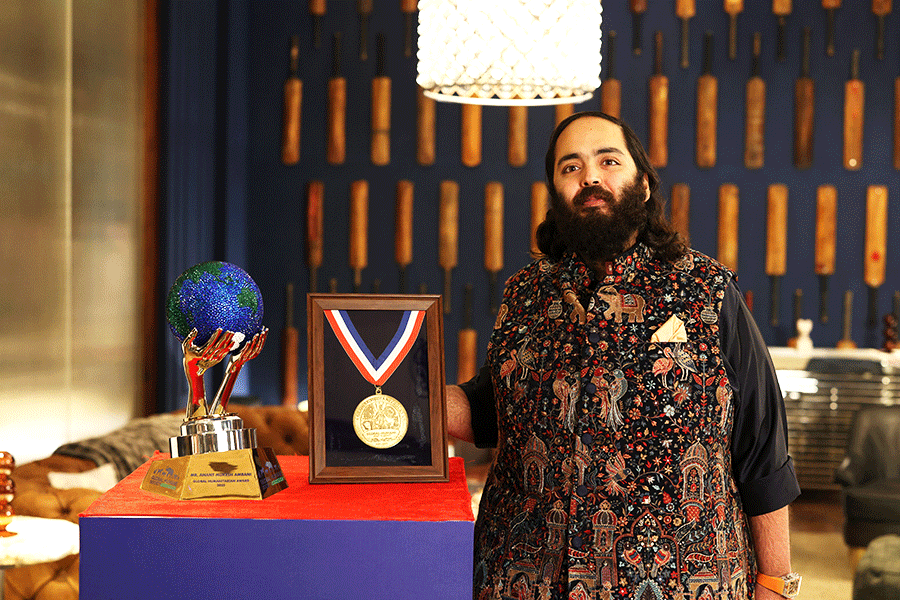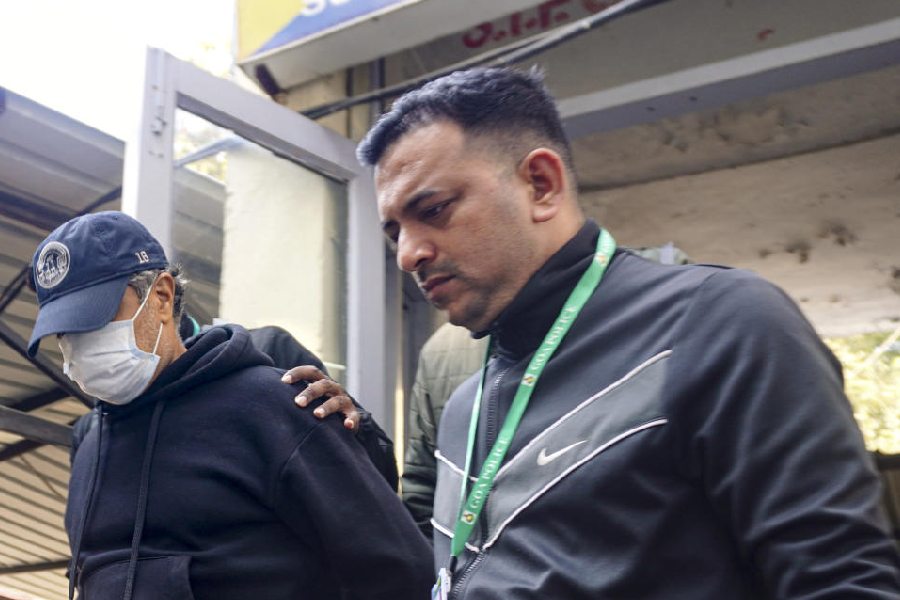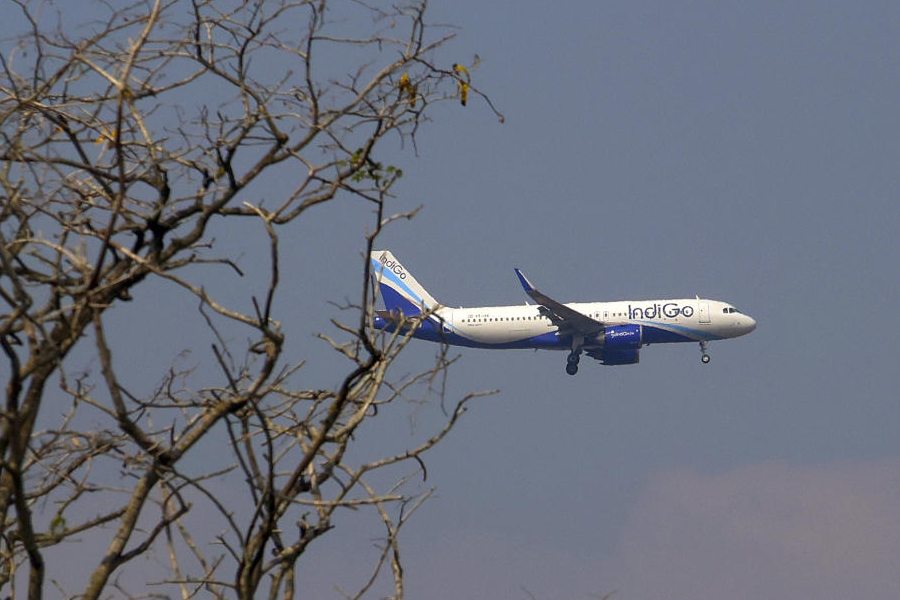What, my childish mind had wondered, made the toy cart discovered from the ruins of the Indus Valley worth a glossy picture in my history textbook while my tiny model of a bright yellow Maruti 800 — all four of its doors could be opened — sat in the showcase in my house, unseen by the world? The question came back to me when I read of the National Council of Science Museums’ initiative, ‘Har Ghar Museum’. The novel enterprise aims to celebrate heirlooms, antiques, artefacts, and unique collectables that have not made it to the hallowed shelves of a museum but are prized personal possessions. So far, the NCSM’s hunt has unearthed the priceless collection of radios and sound-recording instruments of Sushil Kumar Chatterjee (Nokubabu); Jayanta Shaw’s treasure trove of old cameras; Arun Kumar Subbian’s antique collection; Souvik Roy’s assortment of 6,500 pencils; and Mahesh Lonkar’s illuminating selection of 1,248 torches.
But does history reside in such rare collections alone? The author, Orhan Pamuk, would argue otherwise. His Museum of Innocence in Istanbul ‘musealises’ the mundane: 4,213 cigarette butts stubbed out by a person, each capturing the various moods and life events of the smoker, kitsch objects like porcelain dogs that were once a symbol of being Westernised among the nouveau riche in Turkey, bottles of soda and — my younger self feels vindicated — a model of a Chevrolet. A museum, Pamuk says, “should put on a pedestal the daily life of objects”.
Yet, my model car had anything but a ‘daily life’. Much like a museum object, it was secured inside the glass showcase which had pride of place in my house. Alongside it were sundry other items like a pair of ivory scissors, a bull carved from the antlers of some hapless stag, a marble replica of the Taj Mahal, a set of filigreed marble elephants, bowls of tricoloured sand from Kanyakumari, an iridescent shell from Port Blair and so on. These are just a few of the things my grandfather had collected while travelling across the country. My maternal grandparents had a similar showcase, but one which reflected a very different set of experiences — terracotta horses from Bankura stood beside a Russian nesting doll next to which was a dog with a bobbing head bought from the rath er mela. The one thing all of these had in common was that they were only to be looked at and craved for, never to be touched and toyed with.
A quick survey revealed that such cabinets of curiosity were ubiquitous in Bengali homes, with similar objects appearing here and there — almost everyone reported having carved elephants of some kind or miniature horses from Bankura, for instance. Interestingly, each story ended with the same complaint: these objects were out of reach. My professor said that her father used a cabinet lock to secure the showcase, while a schoolmate’s father told her he had lost the keys to the cabinet.
The other common strain was the distinctive memories that the objects evoked. One respondent said that pinecones collected by her mother and grandparents befuddled her because in her lifetime they were estranged and she could not imagine them doing something familial like collecting pinecones together. For another, her atheist father having a shelf dedicated to tiny Ganesha idols in various postures was an enduring mystery. These home museums do not just tell personal stories either. With liberalisation, handicrafts began being replaced by stuffed animals and Barbie dolls in these showcases.
Each house, then, can indeed be a museum, but not only because of the collections of rare antiquities that the State deigns to musealise. Har Ghar Museum is an opportunity to acknowledge that history does not have to be monumental or even unique to be recorded. The past resides as much on the shelves of the museum as it does in the seemingly ordinary mementoes in our showcases.

